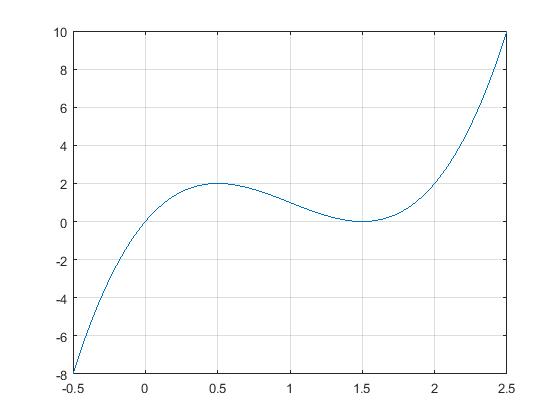Science:Math Exam Resources/Courses/MATH102/December 2016/Question B 06 (b)
{{#incat:MER QGQ flag|{{#incat:MER QGH flag|{{#incat:MER QGS flag|}}}}}}
• QA 1 • QA 2 • QA 3 • QA 4 • QA 5 • QA 6 • QA 7 • QA 8 • QB 1 • QB 2 • QB 3(a) • QB 3(b) • QB 3(c) • QB 4(a) • QB 4(b) • QB 4(c) • QB 5(a) • QB 5(b) • QB 6(a) • QB 6(b) • QB 7(a) • QB 7(b) • QB 7(c) • QB 8 •
Question B 06 (b) |
|---|
|
For both parts of this question, consider the function (b) The absolute maximum of the function on the interval is a number that depends on and can be thought of as a function. Call that function and calculate it for You can use function notation in your answer (e.g. instead of ). Hint: sketch for several values of |
|
Make sure you understand the problem fully: What is the question asking you to do? Are there specific conditions or constraints that you should take note of? How will you know if your answer is correct from your work only? Can you rephrase the question in your own words in a way that makes sense to you? |
|
If you are stuck, check the hints below. Read the first one and consider it for a while. Does it give you a new idea on how to approach the problem? If so, try it! If after a while you are still stuck, go for the next hint. |
Hint 1 |
|---|
|
The graph of is the one obtained by translating the graph of by . |
Hint 2 |
|---|
|
Recall that is a strictly increasing function. |
|
Checking a solution serves two purposes: helping you if, after having used all the hints, you still are stuck on the problem; or if you have solved the problem and would like to check your work.
|
Solution |
|---|
|
As we mentioned in the Hint 1, the graph of is obtained by translating the graph of horizontally by . Note that the shape of the graph doesn't change under the translation. From part (a), we know that is strictly increasing on , and strictly decreasing on . Also, has its maximum value at and . Based on this, we can draw the following graph of ;
On the other hand, for any , we have and actually only occurs at in the range . This implies that when we move the graph of horizontally to the right (i.e.,p>0), if is in , the maximum of is . Therefore, for , we get . (by part (a), when , we also have . Furthermore, if we move the graph of horizontally to the right by , (i.e, ), the graph is strictly increasing on , so that the maximum occurs at . As a result, for . To sum, we have |
{{#incat:MER CT flag||
}}


![{\displaystyle [0,2]}](https://wiki.ubc.ca/api/rest_v1/media/math/render/svg/120ef5837b0c64a40a2333f5aefd3c36fc458e91)


![{\displaystyle p\in [0,2].}](https://wiki.ubc.ca/api/rest_v1/media/math/render/svg/6a0ff56d8dd512f7720d877982f01c679348e378)




























